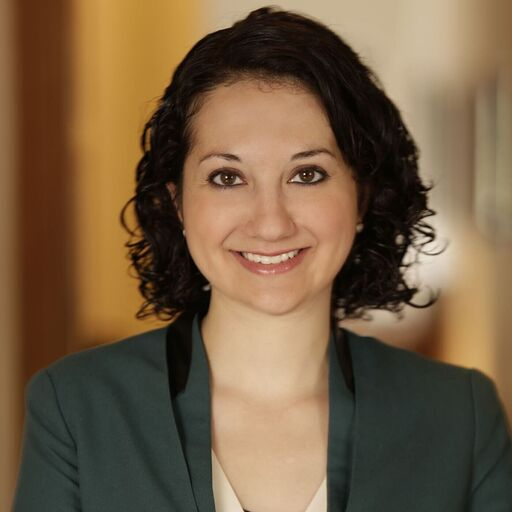Diagnosing Alzheimer’s is a complex, long process, but new technologies show promise for more rapid and accurate diagnosis.
With over 7 million people in the U.S. living with Alzheimer’s disease, and as a disease that is rarely publicly discussed with much surrounding stigma, it is only natural that many people have questions about what it is, how it comes about, and how it is detected and treated. These questions aren’t always easy to answer, as there’s still a lot we don’t know about the disease, but there are some things we can shed light on, and one of these is diagnosis, where there have been some exciting new developments recently.
So how is Alzheimer’s disease diagnosed? One thing to recognize is that it very often isn’t. Recent research suggests that up to 62% of people with the disease worldwide don’t have a diagnosis. That number is 39.5% in the U.S. In addition, and perhaps even more unsettling, half of Medicare beneficiaries with the disease were not told their diagnosis by their doctor. This statistic shows how scared we are, as a society, of discussing this disease, and our fear and shame leads to a situation in which people aren’t getting the help they need for a serious illness.
When done correctly, Alzheimer’s diagnosis can be a long road. It usually consists of some combination of the following: medical history, ruling out other conditions, neuropsychological testing (tests of memory and cognition), imaging, and spinal taps. Let’s look at each in turn:
- Medical history: This is not unlike the process with other diseases. The doctor, usually a neurologist (a medical doctor who specializes in diagnosis and treatment of disorders of the brain, spinal cord, and nervous system) or geriatrician (a doctor specializing in the care of older adults), gathers as much information as possible about the person’s health in general, including family history of Alzheimer’s and other dementias.
- Ruling out other conditions: There are a slew of other conditions that can cause dementia-like symptoms in older adults, including depression, side effects of medication, thyroid problems, urinary tract infections, certain vitamin deficiencies, and excessive alcohol consumption. Unlike Alzheimer’s, many of these conditions can be reversed with proper treatment.
- Neuropsychological testing: These are tests of memory and thinking (and sometimes behavior) that can help determine any difficulties the person is having with their brain function and activities of daily living. These types of tests, usually performed by a neuropsychologist, can help to determine someone’s ability to follow instructions, solve simple problems, and remember small amounts of material.
- Imaging: This step of the process involves taking pictures of the brain to see whether and where there might be dysfunction. The tests typically used here are CAT(computerized axial tomography) and PET (positron emission tomography) scans and MRI (magnetic resonance imaging).
- Cerebrospinal fluid (CSF) tests (or “spinal taps”): This step involves doctors taking a sample of a clear fluid that bathes the brain and spinal cord. Research suggests that Alzheimer’s may result in changes in CSF levels of certain markers that can be measured through this test.
More recently, there has been an exciting development: the FDA approval (in May) of a blood biomarker test for the diagnosis of Alzheimer’s. The test, called Lumipulse, detects amyloid plaques, proteins that abnormally build in the brains of Alzheimer’s patients, in the blood of adults aged 55 and older displaying early symptoms of the disease. This is a huge step in making Alzheimer’s diagnosis easier and more accessible to everyone. But, as we have seen, we still need to build general education and awareness about the disease, the signs and the diagnostic process, and we need to learn how to talk publicly about it, without shame and stigma.
Stay well, stay informed, stay Nerdy.
Love,
Those Nerdy Girls


